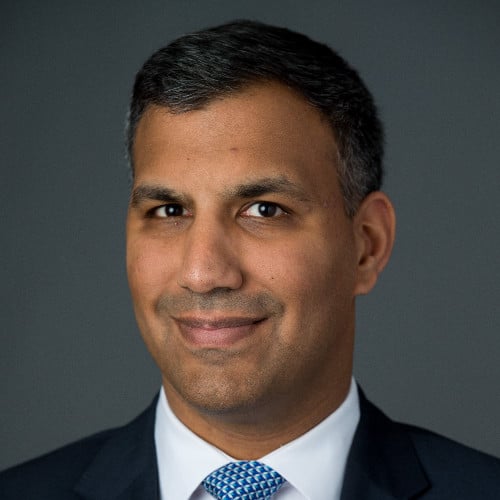The Federal Open Market Committee (FOMC) kept its policy interest rate near zero at its annual organization meeting this week, and stated its expectation that an increase in this rate would soon be appropriate.
The Committee also agreed to continue reducing its net asset purchases on the
schedule announced in December, bringing them to an end in early March, according to Chair Powell’s Press Conference Opening Statement.
Aon Partner Jas Thandi said that the conclusion of the meeting has been widely anticipated by financial markets for the FOMC to signal what its intentions are regarding the course of monetary policy at a time when inflation is significantly higher than the Fed’s target while unemployment is low.
“The FOMC did not change the Federal Funds target range but did signal a March 2022 rate hike was likely with more to come after that,” he said.

Going into the meeting, market participants have ramped up their views that the Fed will take a hawkish bent in 2022.
Market pricing of rate hikes through the end of 2022 has risen from zero in mid-2021 to four rate hikes before the meeting beginning in March 2022.
“On this occasion, we more-or-less side with the market’s view, and the FOMC announcement and press conference does not materially change that, Thandi said.
“Our focus in this tightening cycle is around the uncertainty given the confluence of events occurring – more persistent inflation, unemployment rebounding faster than expected, a tight labor market, and the lingering impacts of COVID-19,” he added.
Thandi said this uncertainty has been showing up in the dispersion of estimates of future inflation five-years out, which is the highest it has been since 2004, measured by the Philadelphia Fed Survey of Professional forecasters.
“We believe that there will be three dimensions to the uncertainty that the Fed will have to manage, and which markets will have to adapt. First, how far the Fed target range will have to rise. Second, over what time will the Fed accomplish this. Third, the mix of policy tools to accomplish the Fed’s objective. This can be challenging, and markets are responding accordingly, trying to come to grips with the uncertainty,” he said.
“To that end, we continue to believe that one of the biggest risks that portfolios are exposed to is an environment where equities and bonds suffer together – as we have seen at the start of 2022,” he added.
“We have spent much of 2021 preparing for this risk by increasing portfolio resilience. We continue to advocate that clients be mindful of how much equity risk they are taking in portfolios and that the diversification value of traditional fixed income securities may not be as large as expected. To address this challenge, we are advising our clients to add alternative investments to their portfolios, focus on markets that are less exposed to equities and interest rates, and play in markets that are not as accessible to all participants where risk premiums remain robust.”




